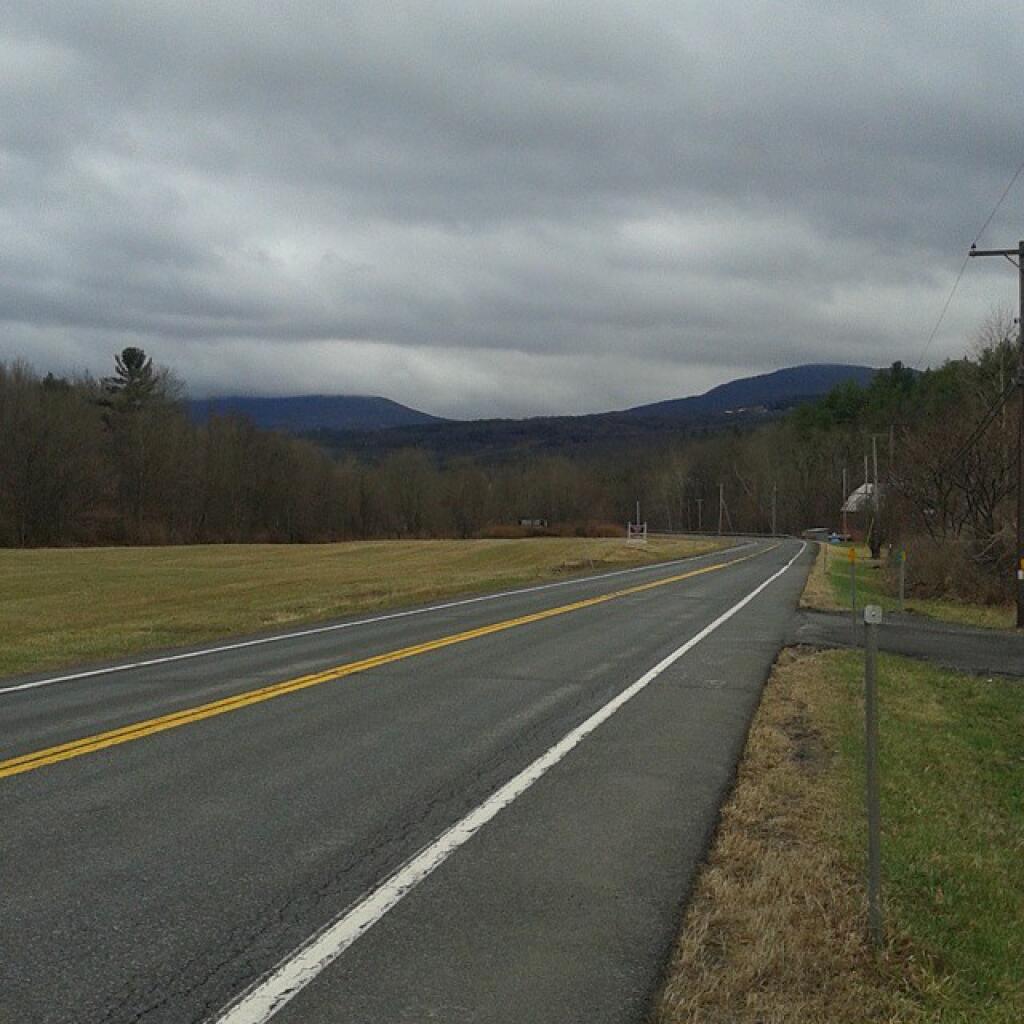The major interchange between the Hutch, Cross Westchester Expressway, and Interstate 687 looked pretty different in 1947, before Cross Westchester and Interstate 687 were a thing in the 1960s and 1970s.
It's best to leave snakes alone, but if you do get a fresh rattlesnake, you might as well eat it.
Well certainly not legal to harvest in New York as they're pretty rare, they apparently make a good meal.
As familiar as it all may sound in 2021, these are real descriptions of the U.S. during the deadly 1918 influenza pandemic. In my research as a historian of medicine, I’ve seen again and again the many ways our current pandemic has mirrored the one experienced by our forebears a century ago.
As the COVID-19 pandemic enters its second year, many people want to know when life will go back to how it was before the coronavirus. History, of course, isn’t an exact template for what the future holds. But the way Americans emerged from the earlier pandemic could suggest what post-pandemic life will be like this time around.
Aerosols—particles of hydrocarbons referred to as PM2.5 because they are smaller than 2.5 microns in diameter and easily lodge in the lungs—are proven to cause cardiovascular and respiratory problems.
As a result of strict vehicle emissions laws, organic aerosol levels have been significantly reduced throughout the United States, but the drop has been particularly dramatic in Los Angeles, which started out at a higher level.
Based on pollution measurements over the past 20 years, the UC Berkeley scientists found that concentrations of PM2.5 in the Los Angeles basin in 2012 were half what they were in 1999. As a result, from 2016 to 2018, there were almost no PM2.5 violations in the area when temperatures were low, below 68 degrees Fahrenheit. But at warmer temperatures, aerosol concentrations rose—over the same time period, 70% to 80% of days over 100 F exceeded the National Ambient Air Quality Standard (NAAQS) threshold.
Weird but fascinating article about how Los Angeles choice of palm trees may be effecting ozone levels on hot days. That said, color me skeptical as there are still a lot of tailpipes in a unique air basin that traps in pollution.

